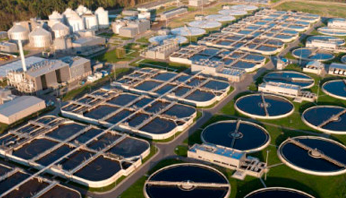 Learn about the considerations for applying for CHP in wastewater treatment facilities. The webinar will include a case study presentation of CHP at the Maudlin Road WWTP, operated by ReWa, the municipal water utility in Greenville, South Carolina. Attendees will also be invited to seek technical assistance from the U.S. DOE CHP TAPs, a national program that promotes and assists in transforming the market for CHP, waste heat to power, microgrids, and district energy with CHP throughout the country.
Learn about the considerations for applying for CHP in wastewater treatment facilities. The webinar will include a case study presentation of CHP at the Maudlin Road WWTP, operated by ReWa, the municipal water utility in Greenville, South Carolina. Attendees will also be invited to seek technical assistance from the U.S. DOE CHP TAPs, a national program that promotes and assists in transforming the market for CHP, waste heat to power, microgrids, and district energy with CHP throughout the country.
Nationally, the energy used by water and wastewater utilities accounts for 35 percent of typical U.S. municipal entity's energy budgets (NYSERDA, 2008). Combined heat and power (CHP) is an efficient and clean approach to generating electric power and useful thermal energy from a single fuel source and is a viable technology for addressing lower energy operating costs, environmental concerns, resiliency and federal / state policies, utility support and project replicability.
Wastewater facilities with an anaerobic digester can use biogas generated by the digester to product heat, and in many cases electricity as well. As of February 2017, CHP systems using biogas were in place at 218 WWTFs, representing 695 MW of capacity. According to the report "Combined Heat and Power Technical Potential in the United States," released by the U.S. Department of Energy in March of 2016, CHP is technically feasible at 1,303 additional sites totaling an additional 262 MW in capacity.
See full the article here.


